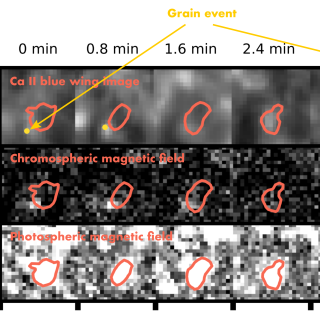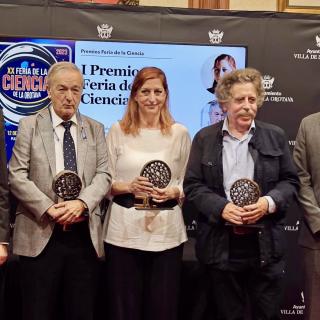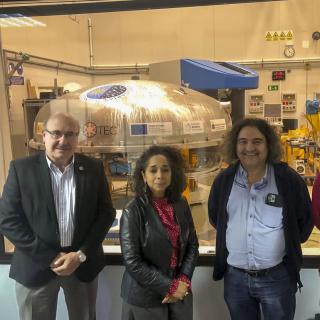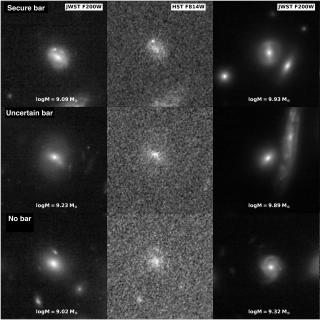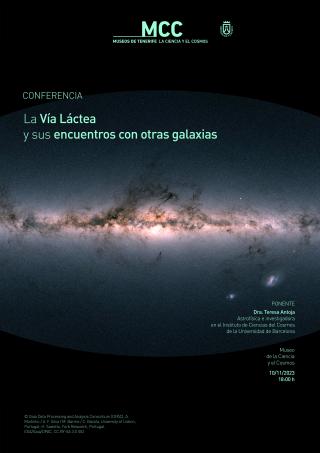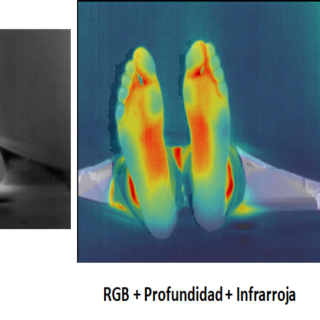
The technology which is used in astrophysics research is useful not only in space; many of the sophisticated techniques can be put to very good use in the field of medicine. On this basis in IACTEC there is a team of Medical Technology (TECMED) who develop combinations of the methods of Artificial Intelligence and Machine Learning used in astrophysics for the diagnosis of pathologies. To celebrate the International Day of Diabetes the team stresses the magnitude of the problema in the Islands. Some experts call diabetes one of the worst “silent pandemics”. Spain is the second country in the
